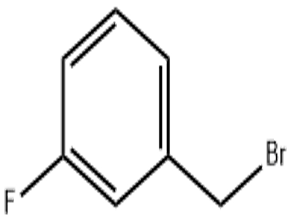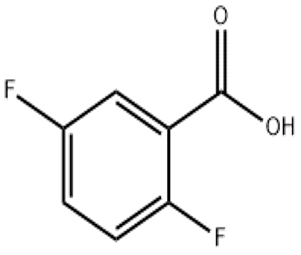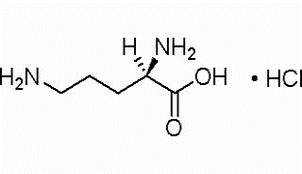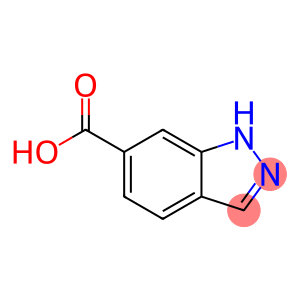3-Fluorobenzyl bromide(CAS# 456-41-7)
| Hazard Symbols | C – Corrosive |
| Risk Codes | R34 – Causes burns R36/37 – Irritating to eyes and respiratory system. |
| Safety Description | S23 – Do not breathe vapour. S26 – In case of contact with eyes, rinse immediately with plenty of water and seek medical advice. S27 – Take off immediately all contaminated clothing. S36/37/39 – Wear suitable protective clothing, gloves and eye/face protection. S45 – In case of accident or if you feel unwell, seek medical advice immediately (show the label whenever possible.) |
| UN IDs | UN 3265 8/PG 2 |
| WGK Germany | 3 |
| TSCA | T |
| HS Code | 29036990 |
| Hazard Note | Corrosive/Lachrymatory |
| Hazard Class | 8 |
| Packing Group | III |
Introduction
M-fluorobenzyl bromide is an organic compound.
Quality:
M-fluorobenzyl bromide is a colorless or yellowish liquid with a special aromatic smell. It can be dissolved in most organic solvents such as alcohols, ethers, and aromatics.
Uses: It can also be used as an extractant for heavy metal ions and as a synthetic intermediate for dyes.
Method:
M-fluorobenzyl bromide can be prepared by reacting m-chlorobromobenzene with hydrogen fluoride. Hydrofluoric acid, glacial acetic acid, and hydrogen peroxide are commonly used as reactants. The reaction needs to be carried out at low temperatures with functional group protection, followed by bromination under alkaline conditions.
Safety Information:
M-fluorobenzyl bromide is stable at room temperature, but can be dangerous when exposed to high temperatures, open flames, or strong oxidizing agents. It is irritating and corrosive and can cause damage to the skin, eyes, and respiratory tract. Care should be taken to wear protective gloves, glasses and respirators when using them, and ensure that they operate in well-ventilated areas.








